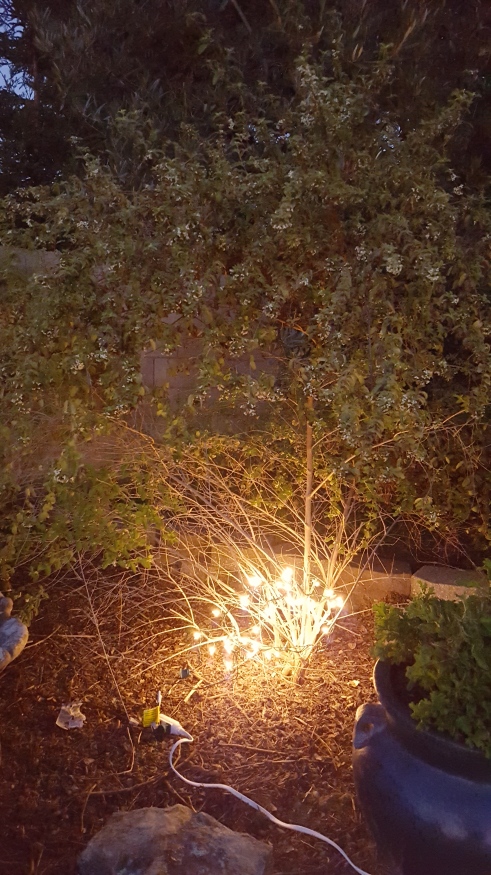 The last time it snowed where I live was December, 1998. My oldest was my only at that time, and a wee one at that, being only four months old. The snow was about 1 inch deep, if that much, and was gone in a day.
The last time it snowed where I live was December, 1998. My oldest was my only at that time, and a wee one at that, being only four months old. The snow was about 1 inch deep, if that much, and was gone in a day.
Despite the lack of snow, winters here do get cold enough that some of our plants will start complaining. By complaining, I mean dying. That’s usually a bad thing.
(All links open a new page, so you won’t lose your spot when you look around! Get information on gardening and cultural traditions, recipes, stories, and more!)

I won’t claim ownership of this idea for keeping frost tender plants warm during colder than usual spells in zones 8+, but I am still more than happy to share it with you. As always, I am a big fan of ideas that are inexpensive and have reusable or repurposed components whenever possible and this one fits the bill.
Christmas light strings that have incandescent bulbs can be wrapped around tender plants, and the heat given off by the bulbs will provide enough energy to keep your plants from freezing. Sorry, those LEDs don’t generate enough heat, so make sure they are incandescent ones.

The larger the bulb size, the more heat will be given, but also the more energy used. Pick whatever will be needed for the kind of cold you expect. The method will work in below freezing temperatures, but it’s not going to hold off a blizzard. For temps hovering around the freezing point, the small sized lights will do.
Focus on putting the lights around the base of the plants. Heat rises, so putting lights at the top winds up being useless. Not only that, but the core of the plant is going to be the most essential part to protect. An intact trunk can regenerate new stems and leaves much better than a frozen one. Also, that heat rising thing will also help to protect the upper stems and leaves, anyway.

If upper leaves and stems get damaged by the cold, resist the urge to trim them back. They provide shelter and help trap the rising heat from the lights and will therefore protect the lower parts of the plant. They may not look nice, but they took one for the team, so cut them some slack. Once danger of frost has passed, you can trim them back closer to the remaining living tissues.
Be sure to remove the lights at the end of each frost season. They can hamper proper growth if they get too entangled, and the light strands will have a shorter life span if they are exposed to the elements for too long.



I have pictures of snow in Fresno.
LikeLiked by 1 person